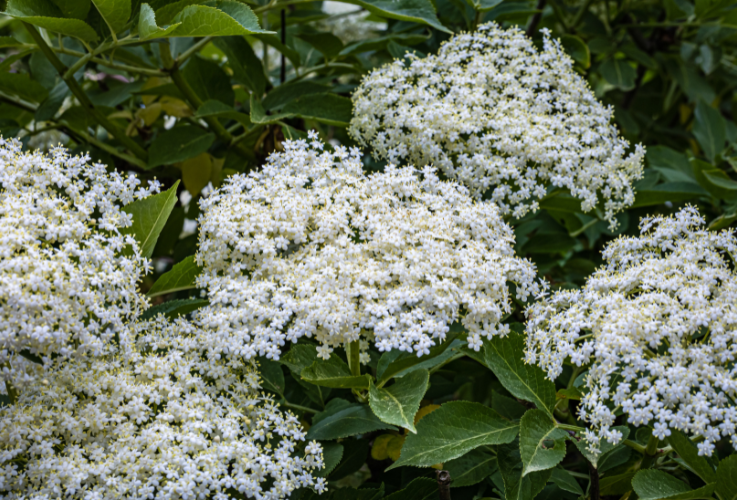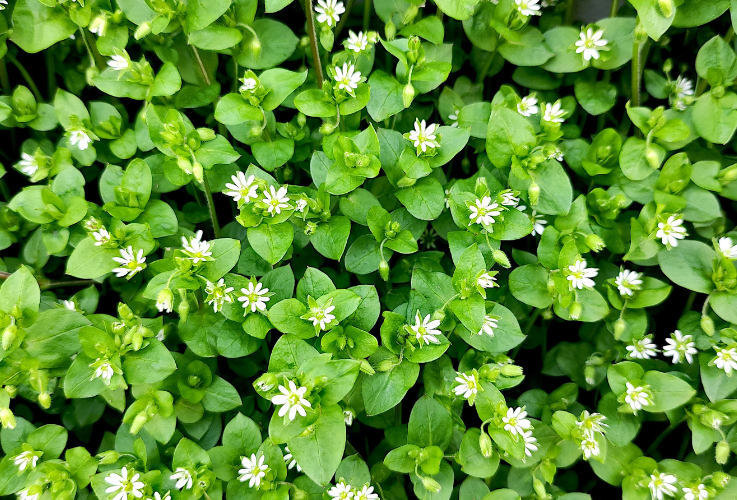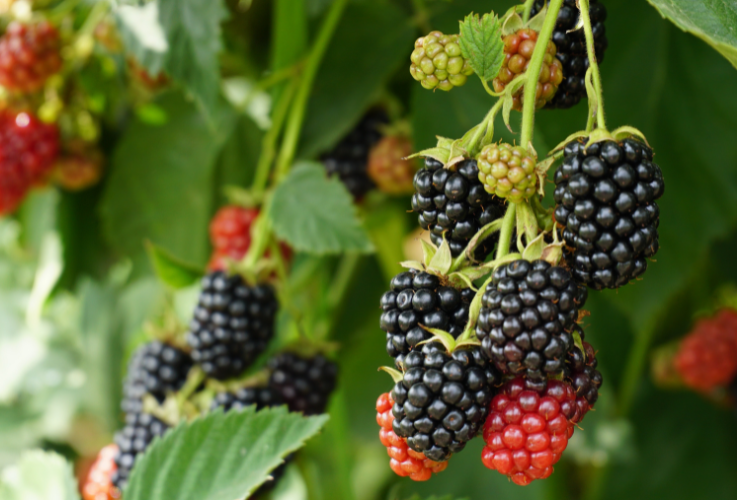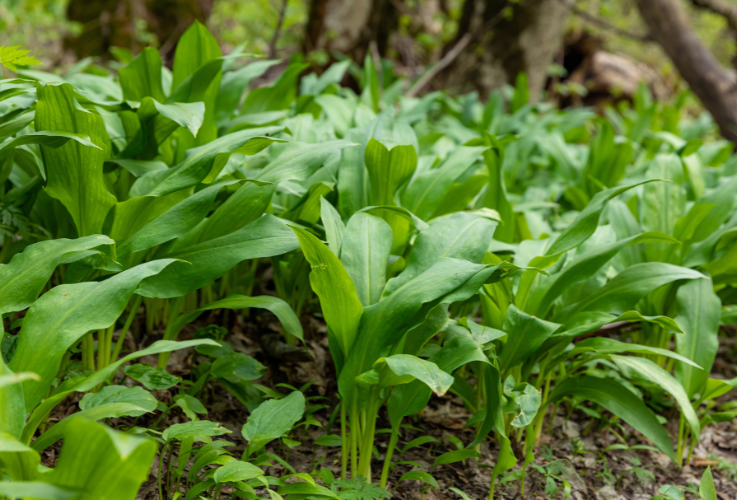In the most basic terms, foraging is finding food in the wild. This is often fruit, plants, mushrooms, herbs, berries and much more. Here in the UK and Ireland we have a range of edible plants, mushrooms and fruit growing around us that we are able to discover when we go foraging. These wild foods can be found in and around woodland areas, forests, fields and many more places and have the ability to regenerate themselves naturally and therefore are a sustainable food source.
If you're new to foraging it's recommended that you complete a course or gain some expert opinion as there are many foods that can be toxic, so it's crucial to be able to tell the difference.
What You will Need:
- Gloves - It's recommended that you always wear gloves when foraging as you never know when you may come across something sharp.
- Scissors/ Secateurs - You'll need these to be able to easily snip branches to get your food.
- Basket/Bucket - You will need something to collect your food in and a bucket or basket is ideal.
- Waterproof Jacket - You can never be sure that it isn't going to rain here in the UK, make sure to bring along an easy to carry lightweight waterproof jacket or a pac a mac just incase.
Foraging Guidelines
- Leave plenty behind - Please do not take all of one flower or fruit, it's essential that wild food is left behind so it can regenerate.
- Do not cause any damage - When foraging please be aware of your surroundings, taking care not to trample on fruit and beautiful flowers.
- Do not walk on private land - While foraging is legal, make sure you do not enter private land unless you have permission.
- Take a guidebook - If you don't feel confident in knowing what is safe to eat it is recommended you take a guide book with you.
- Be aware of chemicals - Some land may be sprayed with chemicals therefore some food will be contaminated. This will likely be on private land, but make sure to wash your foraged food at home.
- Most Importantly - If you're not sure on the identification, DO NOT EAT






